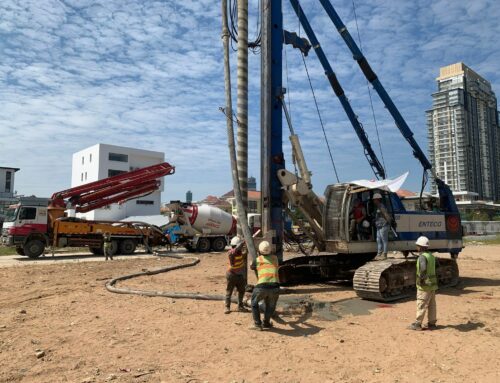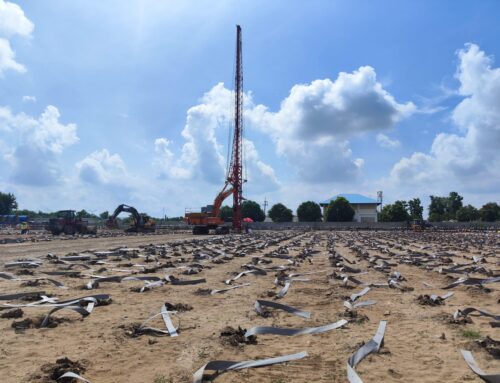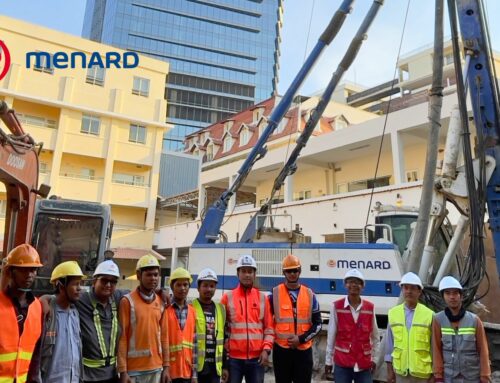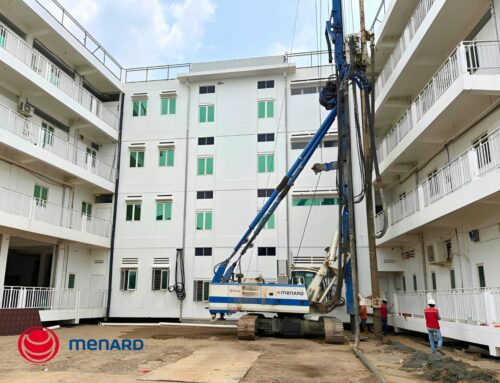Road and Railway
Transport infrastructure – roads and railway systems – are frequently built in areas where the soil is highly compressible, such as swamps, marshes or areas near watercourses. In such cases, substantial consolidation work is required to avoid shear failure of the fill used to build the structure. This type of project requires simultaneous management of multiple sites along the alignment and can often involve the use of a variety of solutions to meet the wide-ranging geotechnical conditions and specific constraints of the terrain. To ensure the long-term integrity of the infrastructure and the safety of the vehicles using it, it is essential that these areas are “over-consolidated” to reduce settlement due to primary settlements, creep and to limit differential settlement. For engineering structures built along the alignment, backfill generates very high loads associated with strict settlement limitations. These critical areas generally require even more extensive treatment and careful management of the interfaces.
We ensure the proper development of your Roads and Railways Projects.
For transportation engineers, it is not always possible to avoid building on highly compressible soils. The crossing of wetlands and rivers in particular will require an important consolidation of the in-situ soil in order to avoid major slope failures within the future road and rail embankments. The pre-consolidation of the most compressible areas is crucial to prevent long term creep settlement while ensuring the infrastructure can be operated safely. The consolidated soil foundation will increase the service life of the road pavement, thus reducing life-cycle costs for the roads and railways.
Approach embankments leading to bridges can produce significant loads in subsurface soils, up to 200 kPa. These specific critical zones will require intensive ground improvement to ensure proper performance during the life of the roads or railways. The objectives of ground improvement for road and railway embankments are :
- To reduce long term differential settlements;
- To guarantee the stability of high embankments with regards to slope failure




